Strawpicanna
Cannabinoid THC Dominant
THC 23 - 23%
CBD 0.31 - 0.54%
Effect Euphoric
Side Effect Heightened sensory perception
Flavor Menthol
Strawpicanna Strain Information
THC
CBD
Potency
Strawpicanna is a perfectly balanced (50/50 - Sativa/Indica) hybrid strain that originates from a crossbreed of Tropicanna Cookies and Strawnana. Its dominant terpene of this cannabis is limonene, followed by caryophyllene, myrcene, and pinene. The relaxed high makes it an excellent afternoon weed, with 23% THC and CBD levels between 1.08-1.25%
Smell
The aroma of the Strawpicanna strain starts off fruit-heavy, with (as the name would suggest) a strawberries and cream scent along with some dank notes. Upon inhalation, it’s easy to notice a crossover of the strawberry flavor into the taste, but with a cool pine and lemon accompaniment. A cool, herbal flavor is revealed on the exhale.
Main Effects of Strawpicanna
This marijuana offers a high that is less cloudy and more creative. A tingly wave sweeps from the head all the way down the body and allows for the concentration to get things done, while a relaxed yet talkative cheerfulness takes hold. This is a good strain to enjoy on a lovely afternoon outside.
The concentrated and euphoric high make Strawpicanna a great choice for those with ADD/ADHD and bipolar disorder. It is also ideal for addressing glaucoma and migraines.
There are a few side-effects that may be experienced by some users, including:
- Heightened sensory perception
- Concern
- Low blood pressure
- Panic attacks
Growing Info
Strawpicanna buds are well developed, with a heavy coating of trichomes. The plants require a flowering time of between 53 and 61 days, with an average harvest at day 63. The height of each plant varies anywhere between 30-60 cm, with a generous yield of 2 oz or 400g per plant, whether grown indoors or out.
Side Effects
Simply let us know how this strain tastes or write a detailed review.
Strawpicanna Strain Cannabinoids
| THC | Tetrahydrocannabinol, or THC, is a major cannabis chemical compound. It is a psychoactive element that stimulates dopamine release and induces euphoria or happiness. THC-rich strains may be helpful with such conditions as lack of appetite, chronic pains , etc. It is considered to be the primary active marijuana component. | 23 - 23% |
| CBD | Cannabidiol, or CBD, is a major compound in cannabis, which is non-psychoactive. It is also proved to counteract the side effects of the second major component THC. CBD is widely used for medicinal purposes in rubs, oils and so on. It is helpful in muscle pain cases, may treat arthritis and migraines. Even Greeks used it against pain, while Queen Victoria applied it to get rid of menstrual cramps. | 0.31 - 0.54% |
| CBC | Cannabichromene, or CBC, is a minor cannabinoid, meaning that its quantity in cannabis is quite little. Though it has the same origin as CBD and THC, it is different in functions. Without any psychoactive effects, it is an efficient cannabis compound in combating acne and depression. CBC produces analgesic, antibacterial and anti-inflammatory effects. | 0.07 - 0.13% |
| CBG | Cannabigerol, or CBG, is one of the minor cannabis compounds in adult plants. On the other hand, young ones contain a lot of this antibacterial and anti-inflammatory component. During the growth, CBG is converted into different cannabinoids, mostly THC and CBD. The compound itself increases appetite and decreases eye pressure. | 0.07 - 0.25% |
| CBN | Cannabinol, or CBN, is a trace element in cannabis that is considered to be mildly psychoactive. It appears from oxidation THC, exposed to light and heat. CBN is mostly contained in old cannabis and in traditional hashish. It is effective against insomnia, bacterial infections and appetite loss. | 0.2 - 0.25% |
| THCV | Tetrahydrocannabivarin, or THC-V, is a compound contained in cannabis in trace amounts. Even though it is close to THC molecularly, it is different in effects. This compound may be psychoactive only in large amounts. THC-V reduces blood sugar, controls appetite, stimulates bone growth, etc. African Sativa strains are the richest in THC-V. | 0.1 - 0.2% |
Strawpicanna Terpene Profile
| Pinene | Pinene is one of the most widespread terpenes in nature, found in pine trees, basil, nutmeg, parsley, and rosemary. Cannabis containing terpene (alpha-pinene or α-pinene) boasts a strong pine scent. Pinene is responsible for anti-inflammatory, pain-relieving, and anti-anxiety effects. | 0.1% |
| Myrcene | Myrcene (also known as β-myrcene) is one of the most common terpenes found in cannabis, representing more than 20% of the modern marijuana terpene profile. Myrcene has a distinct earthy, musky flavor, resembling cloves. It is responsible for calming and soothing effects of weed. Myrcene is also found in hops, thyme, mango, lemongrass, guava melon. | 0.2% |
| Ocimene | Ocimene (derived from the Ancient Greek word Ocimum meaning basil) is a terpene with sweet and herbaceous flavors, also boasting citrusy and woody undertones. Naturally, ocimene occurs in mint, parsley, orchids, hops, kumquats, mangoes, basil, bergamot, lavender, and pepper. Offers antifungal, anti-inflammatory, and antiviral properties. | 0.04% |
| Humulene | Humulene (also known as α-humulene) is one of the major terpenes found in cannabis, contributing to woody, earthy, spicy, herbaceous, and, mainly, floral aromas of cannabis. Used in modern medicine, humulene offers anti-inflammatory, antibacterial, and appetite suppressant effects, which have been well-researched by pharmaceutical companies. | 0.08% |
| Limonene | Limonene (also known as d-limonene) is the second most common terpene in nature and the third most common terpene in cannabis. It has a powerful citrus aroma and can be found in all citruses, including lemons, oranges, grapefruits, limes, juniper, etc. Limonene is known to elevate moods and provide anxiety, depression, and stress relief. | 0.31% |
| Linalool | Linalool (also known as beta linalool, linalyl alcohol, linaloyl oxide, and p-linalool) is one of the rarest terpenes found in cannabis, mostly in small quantities. Linalool is known for its spicy and lavender aroma, bringing relaxation and calming effects. It is also said to provide anti-inflammatory and analgesic properties that can be useful for athletes. | 0.03% |
| Terpinolene | Terpinolene is one of the most common terpenes found in cannabis; however, It's usually presented in small quantities. Is responsible for piney, floral, herbaceous, and even a little bit citrusy aroma of cannabis. Terpinolene can be found in lilacs, nutmeg, and cumin. In cannabis, terpinolene contributes to the sensation of "freshness." Has the potential to reduce the risk of heart diseases. | 0.02% |
| Caryophyllene | Caryophyllene (also known as beta or b caryophyllene) is a terpene found in many herbs and spices, such as black pepper, basil, rosemary, and oregano. Cannabis high in caryophyllene delivers a strong spicy, peppery aroma, resembling cinnamon and cloves. Caryophyllene offers potent anti-inflammatory and sedative effects. | 0.23% |
| Total terpenes content | 1.01% |
Growing Info
Similar Strains
THC 21.67 - 23.33%
CBD 1.45 - 1.62%
Effect Uplifted
Flavor Berry
THC 10 - 15%
CBD 0.34 - 0.57%
Effect Creative
Flavor Sweet
THC 22 - 26%
CBD 0.69 - 0.88%
Effect Focused
Flavor Tar
THC 15 - 16%
CBD 0.6 - 0.82%
Effect Talkative
Flavor Pepper
THC 17.12 - 22.75%
CBD 0.07 - 0.42%
Effect Tingly
Flavor Grape
THC 27 - 28.5%
CBD 0.27 - 0.48%
Effect Relaxed
Flavor Spicyherbal
THC 8 - 11%
CBD 0.01 - 0.07%
Effect Giggly
Flavor Sweet
THC 17.67 - 25%
CBD 0.38 - 0.73%
Effect Tingly
Flavor Sweet
THC 20.5 - 24.5%
CBD 0.13 - 0.82%
Effect Talkative
Flavor Citrus
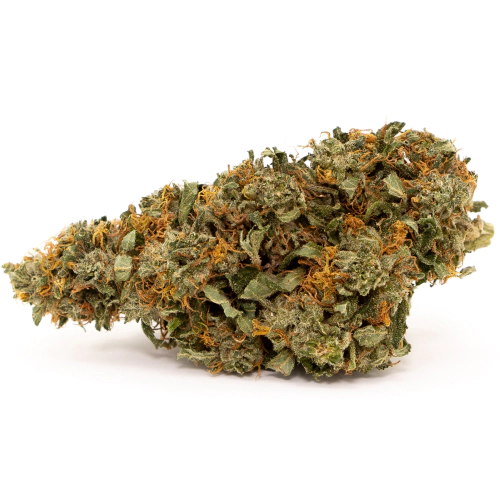
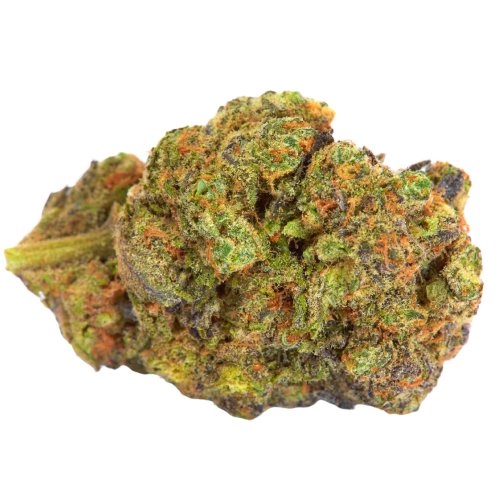
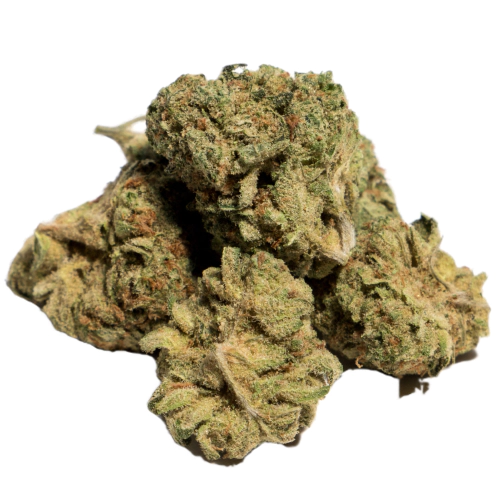
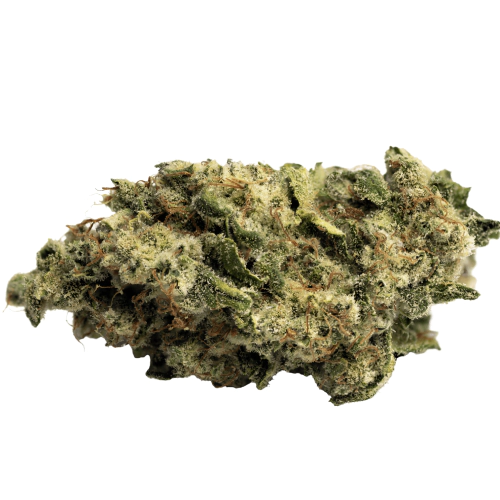
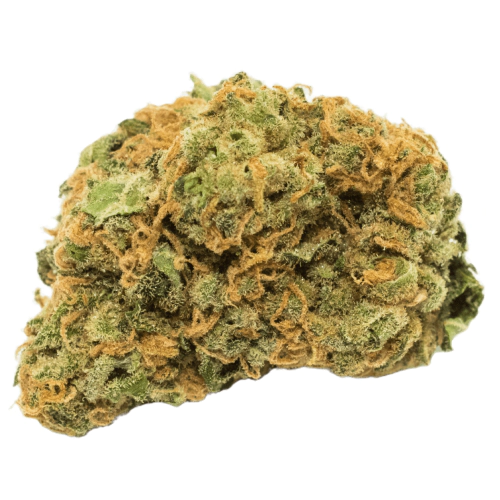
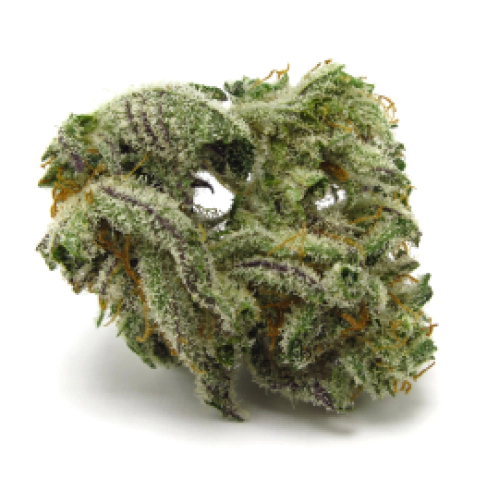
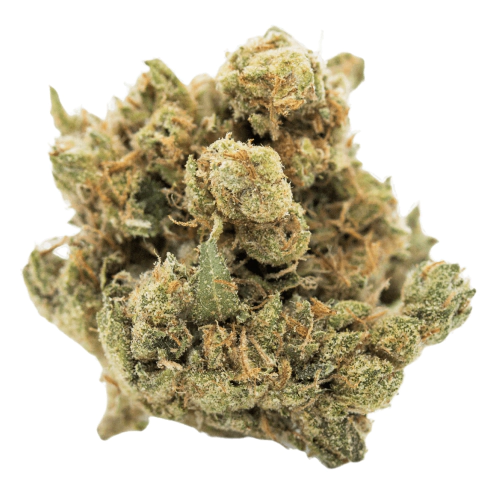
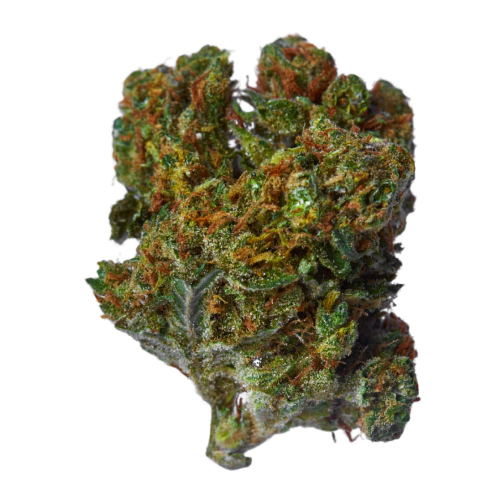
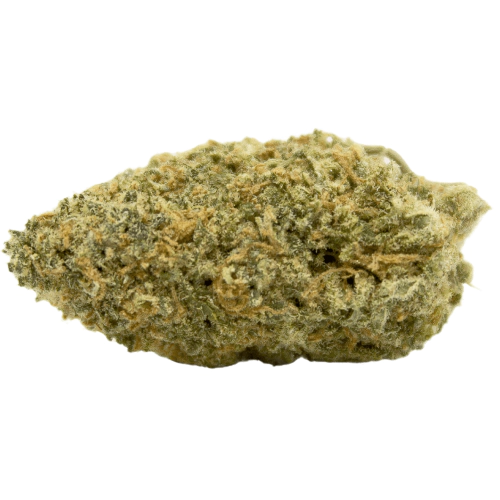
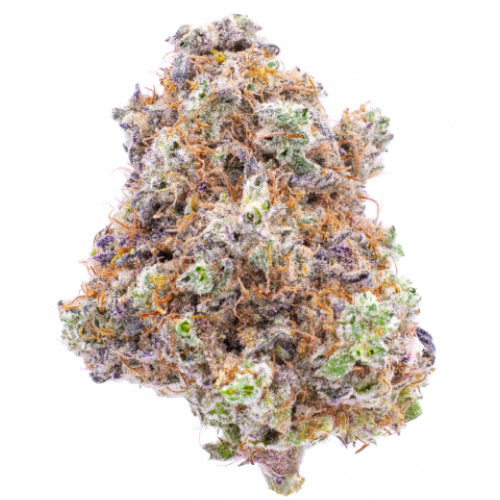
Be the first and share your opinion
Write a Review